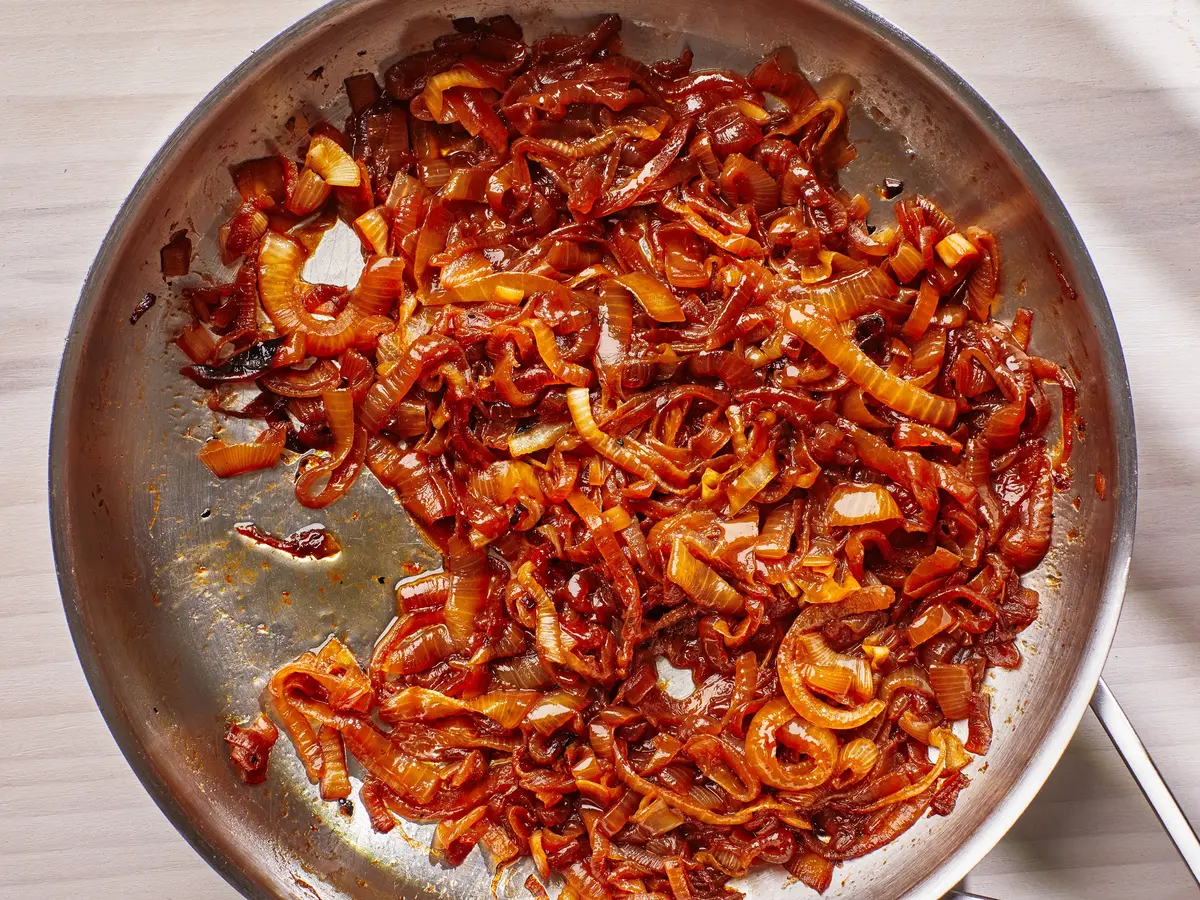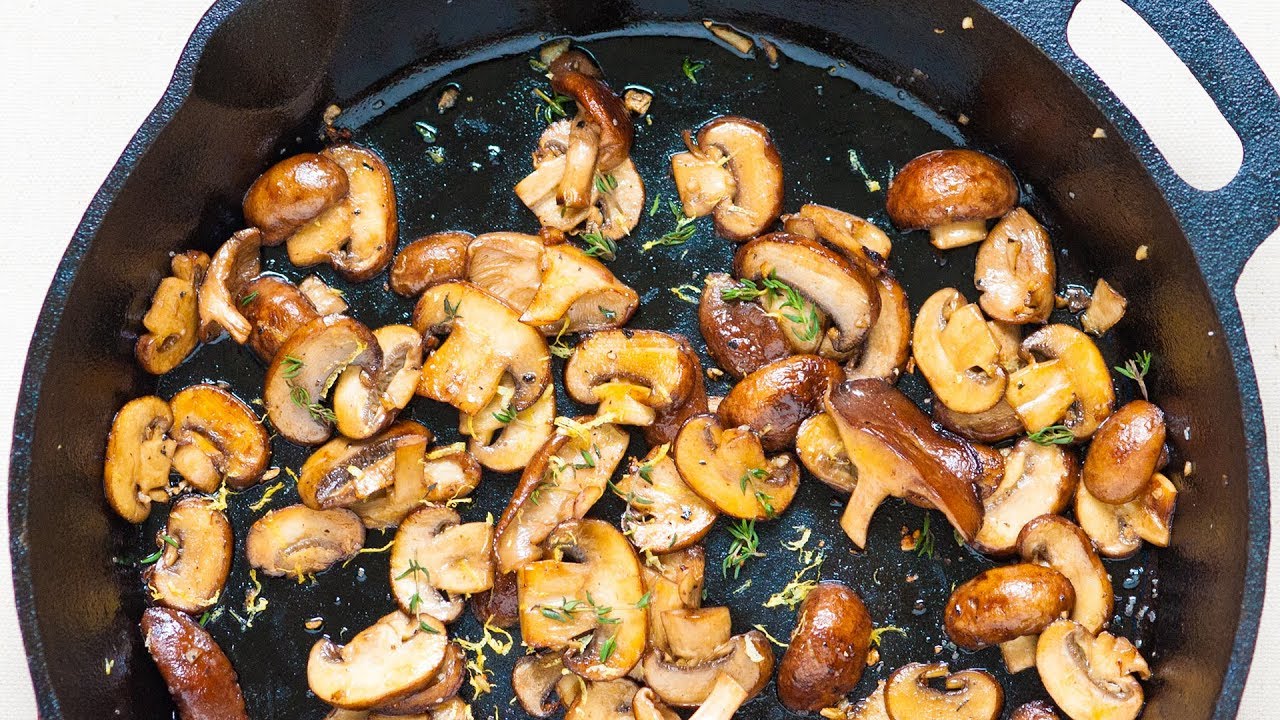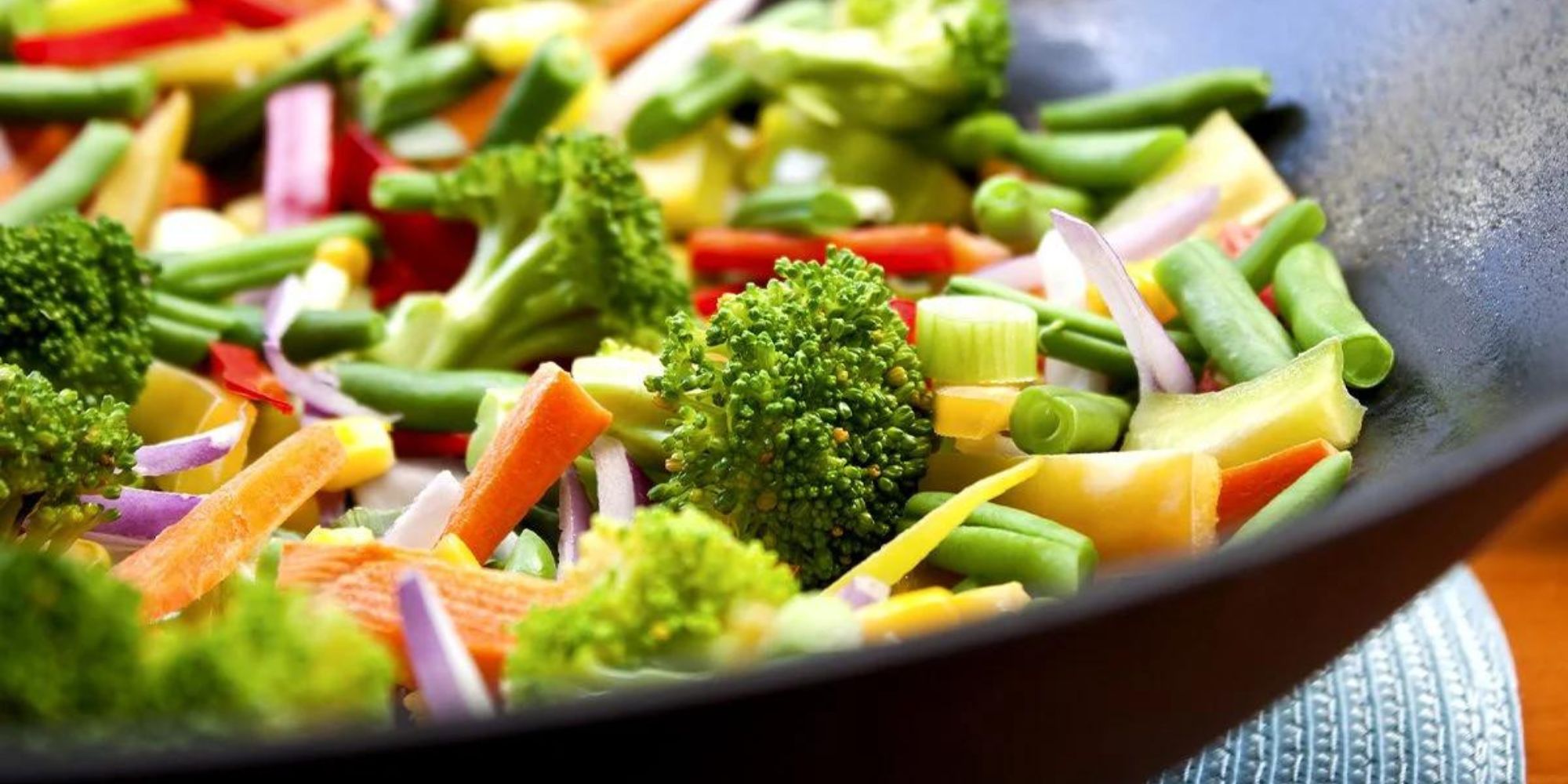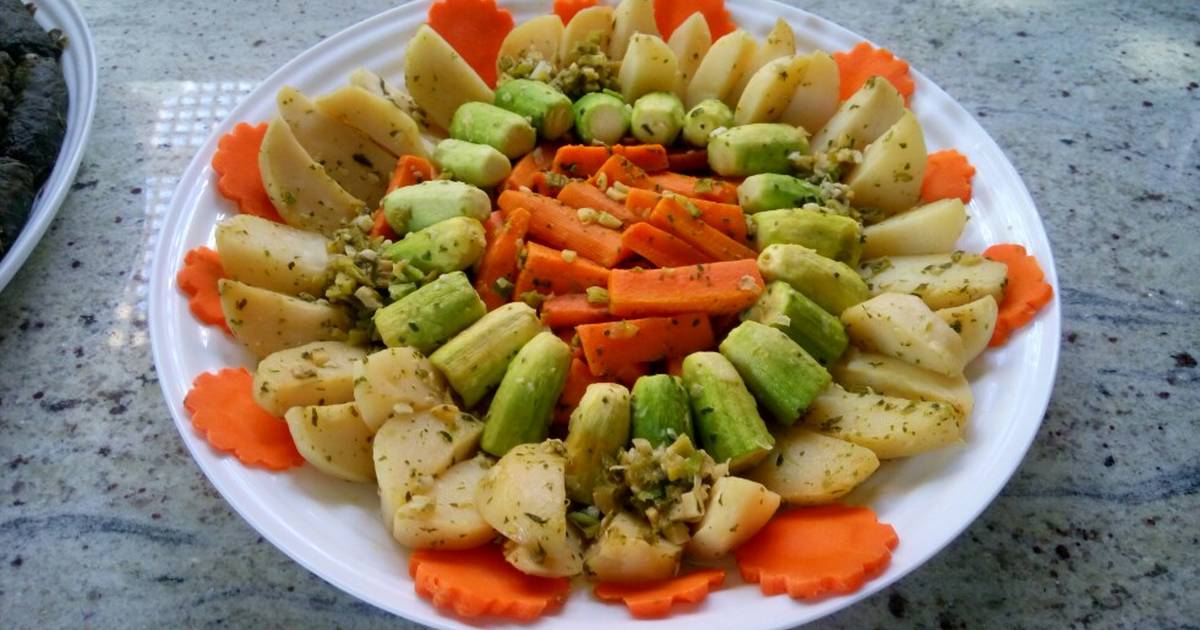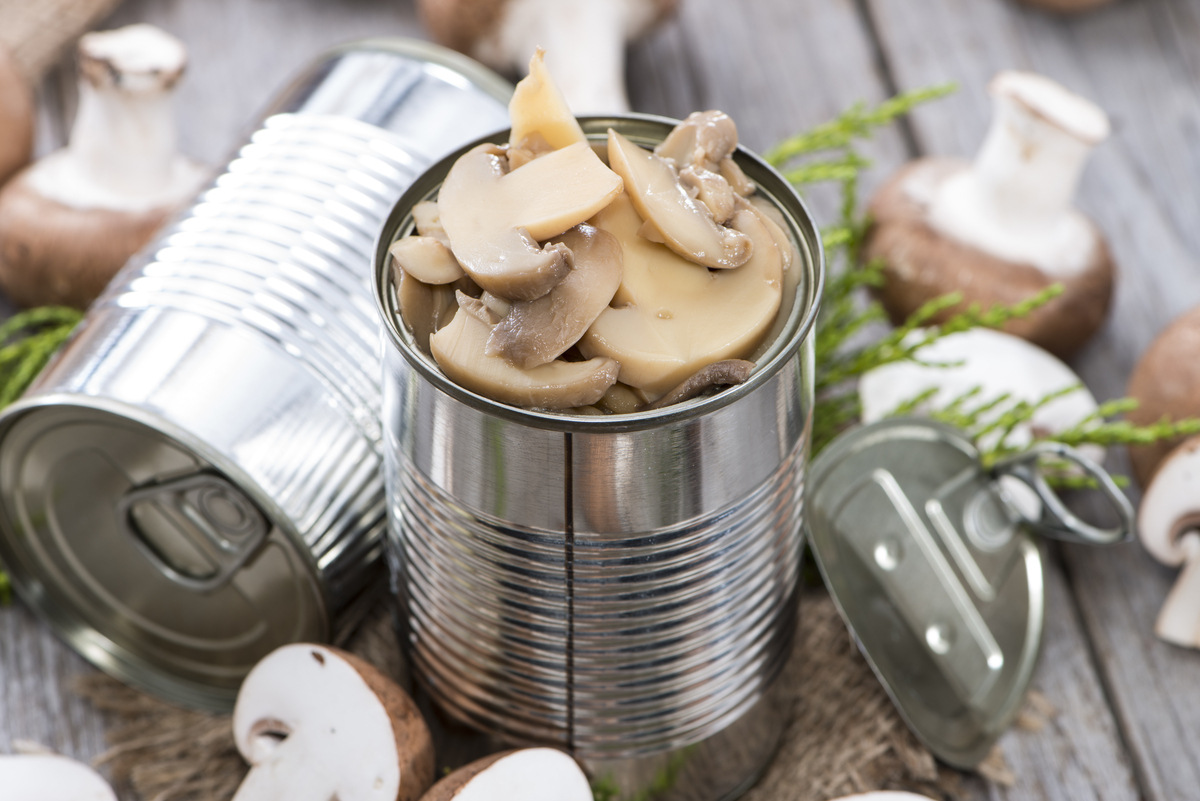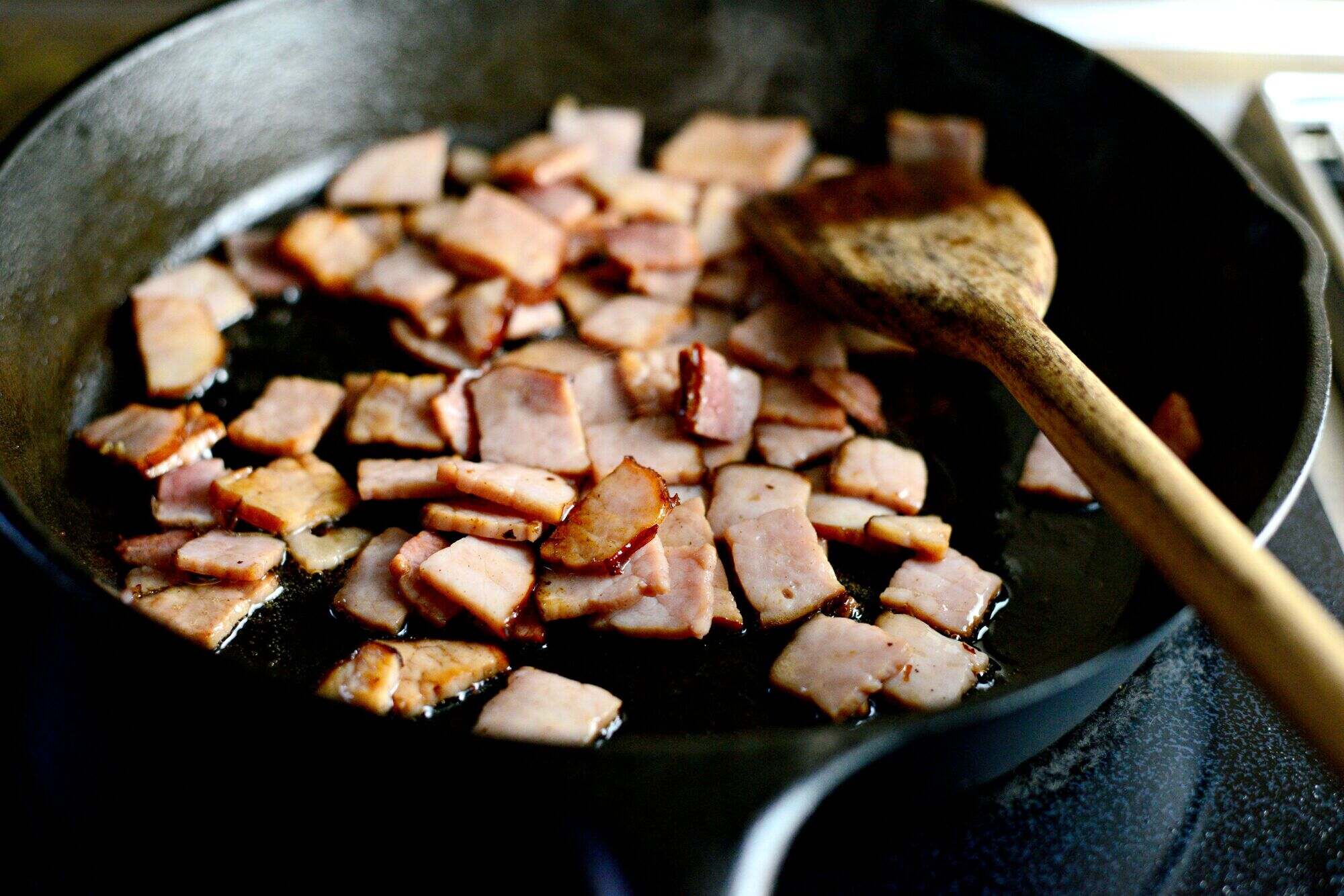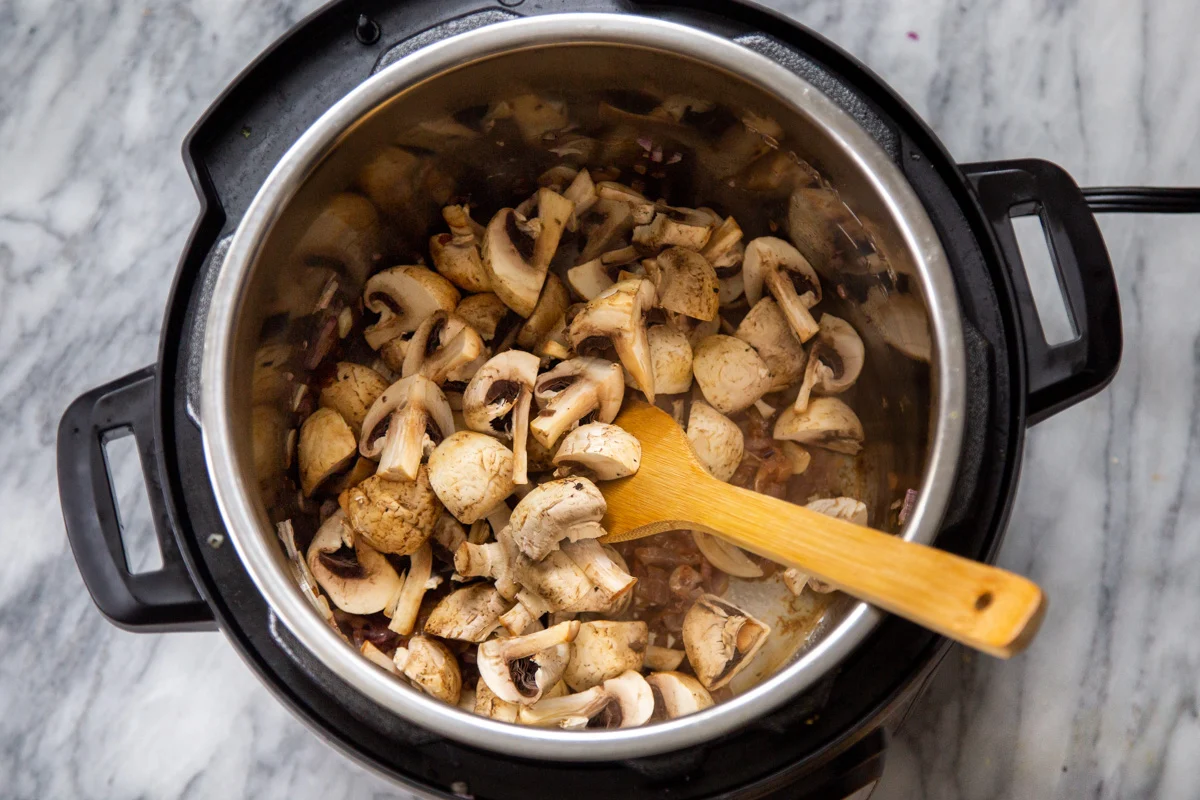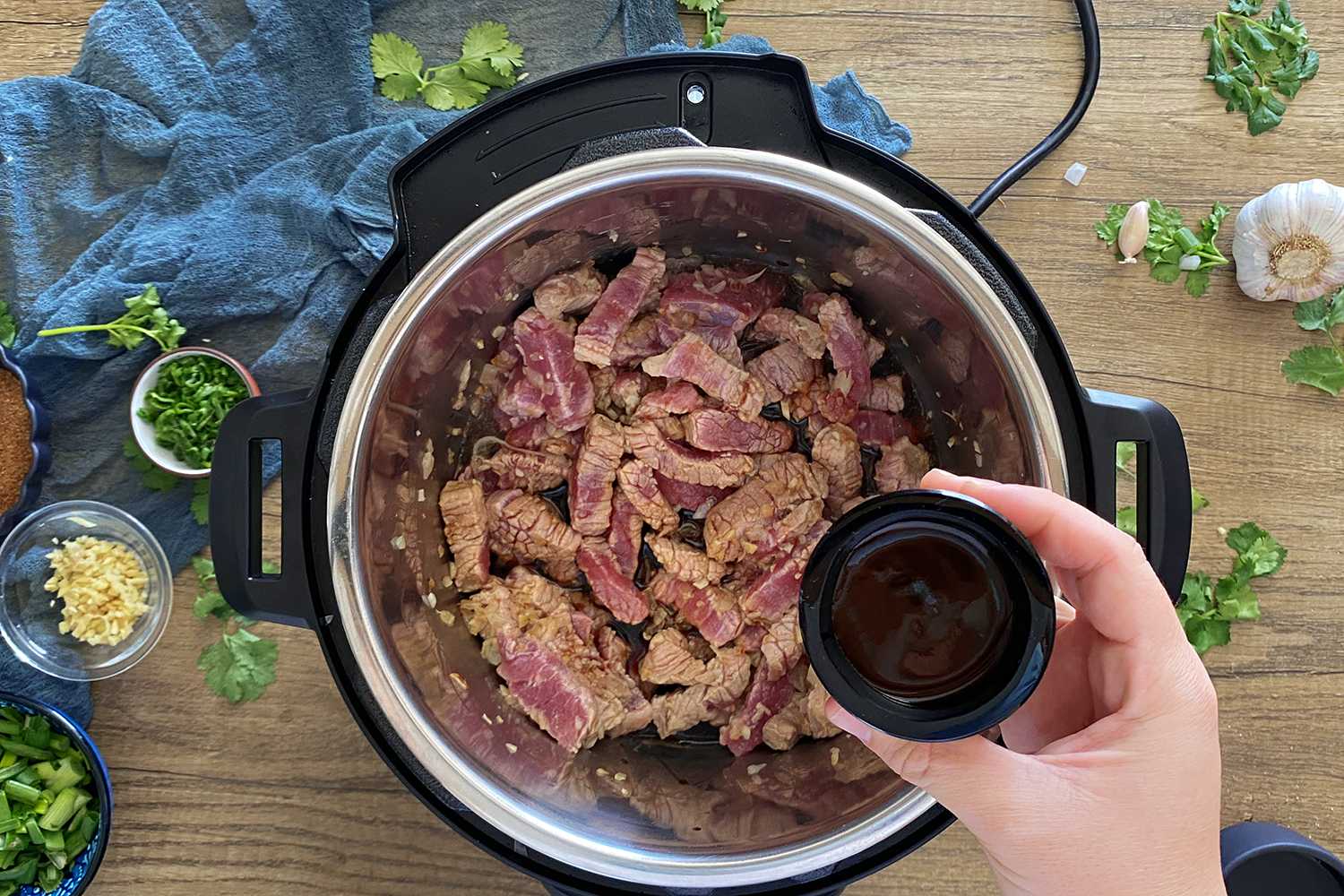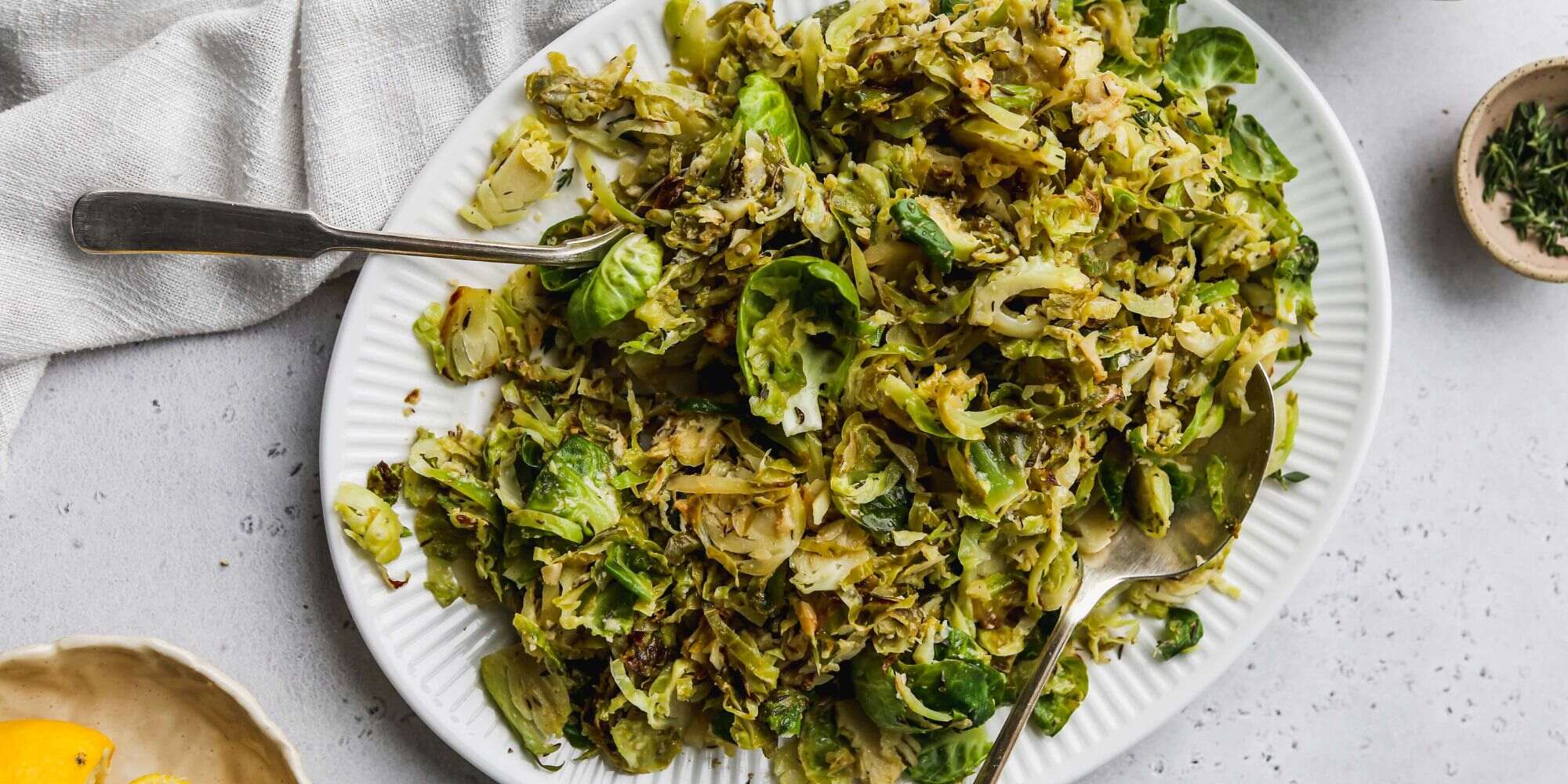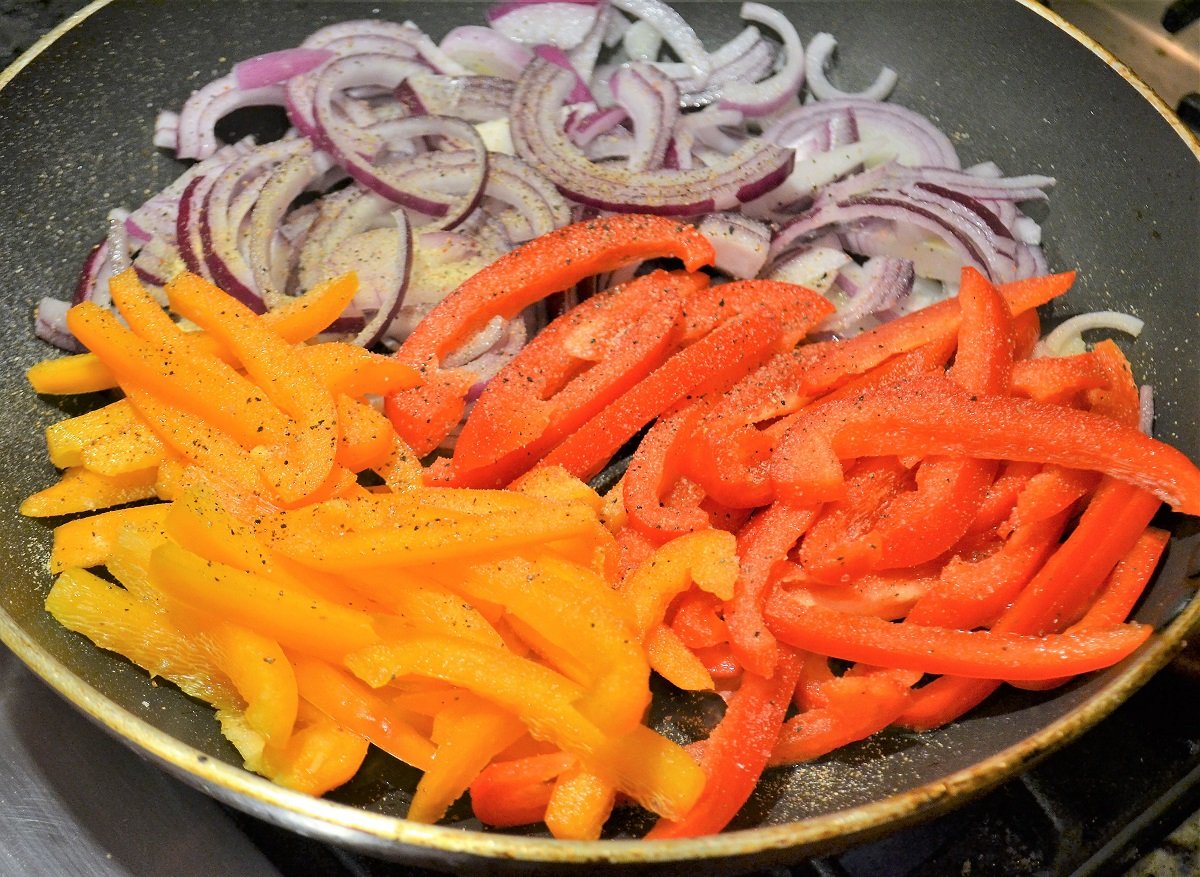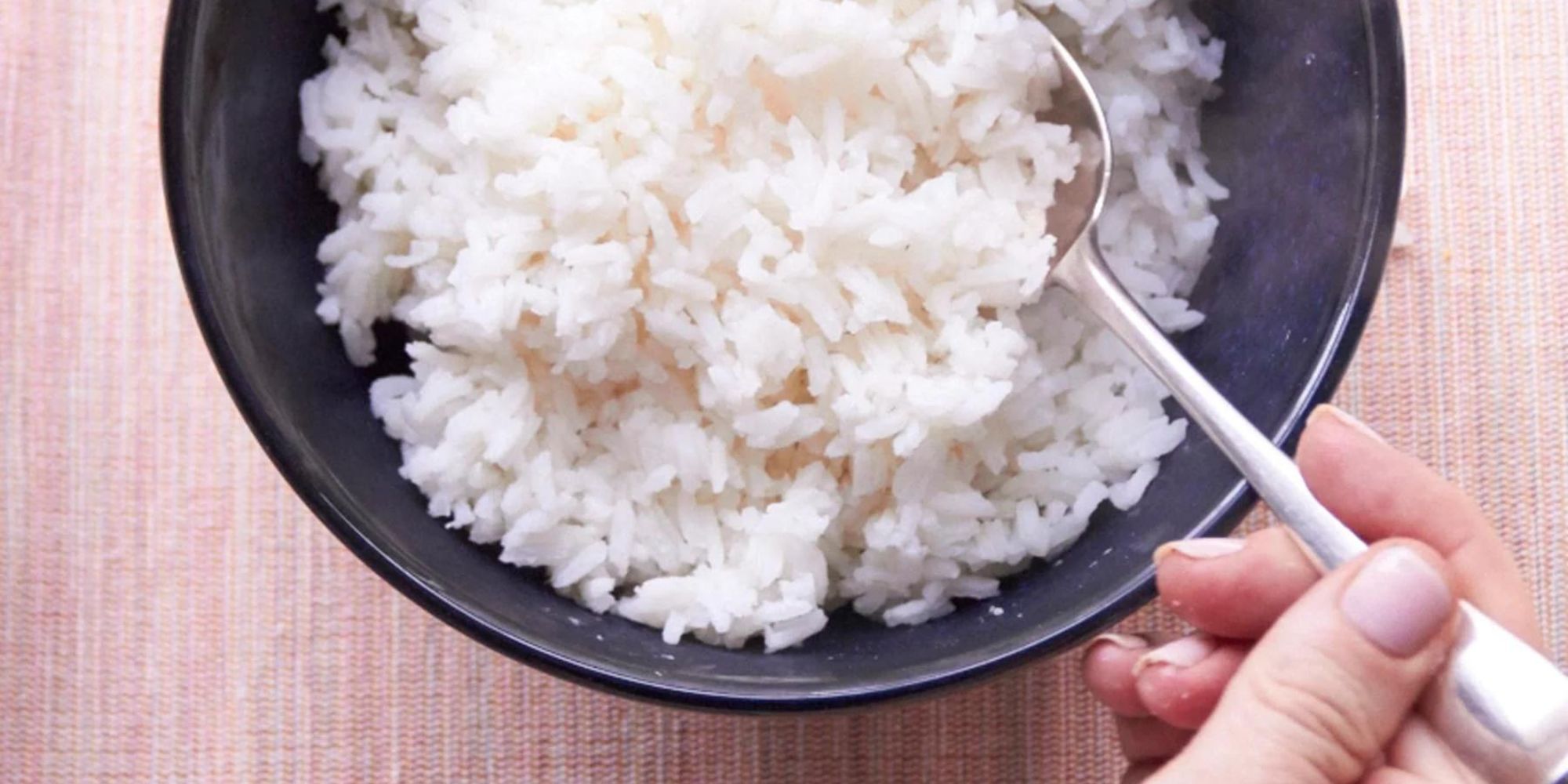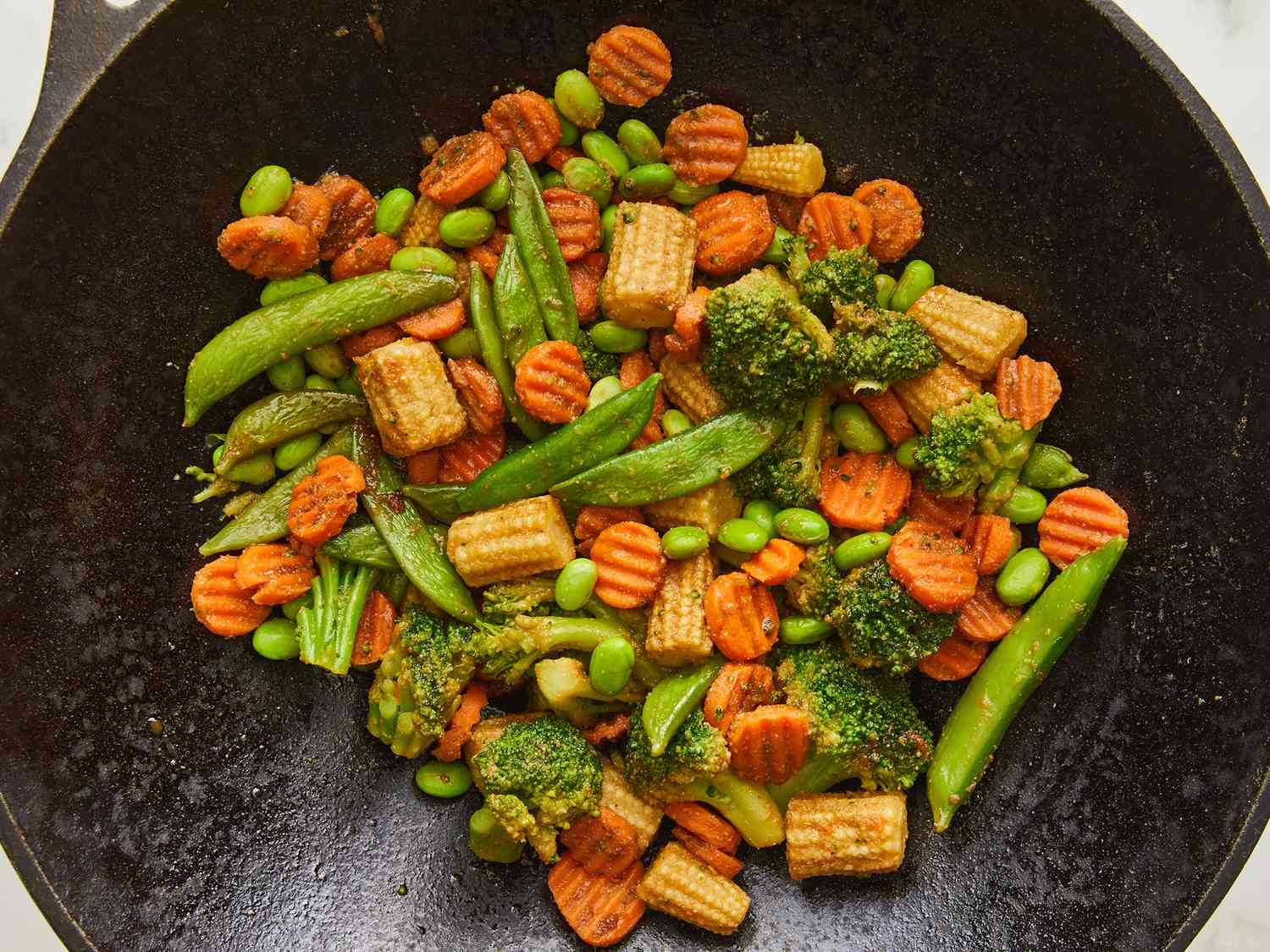Mastering the Art of Sauteing with Butter
When it comes to cooking techniques, sautéing is a fundamental skill that every home cook should have in their culinary repertoire. This quick and versatile method of cooking involves quickly frying food in a small amount of fat over high heat. While there are various fats that can be used for sautéing, butter adds a rich and flavorful touch to the dish.
Choosing the Right Butter
Before you begin sautéing, it’s essential to select the right type of butter. Opt for unsalted butter as it allows you to have better control over the salt content in your dish. Additionally, using high-quality butter can significantly elevate the flavor of your sautéed dishes.
Preparing the Ingredients
Prior to heating the butter, ensure that the ingredients you plan to sauté are prepped and ready to go. This includes slicing, dicing, or chopping vegetables, meat, or seafood into uniform pieces. Properly prepared ingredients ensure even cooking and a harmonious blend of flavors.
Mastering the Sautéing Technique
Now, let’s dive into the sautéing process. Follow these steps to achieve perfectly sautéed dishes every time:
- Heat the Pan: Place a frying pan or skillet over medium-high heat. Allow it to heat up for a minute or two before adding the butter.
- Adding the Butter: Once the pan is hot, add the desired amount of butter. Swirl the pan to ensure the butter coats the bottom evenly.
- Introducing the Ingredients: Carefully add the prepared ingredients to the pan. It’s crucial not to overcrowd the pan, as this can lead to steaming rather than sautéing.
- Sautéing: Keep the ingredients moving in the pan by gently shaking or stirring them. This ensures even cooking and prevents sticking or burning.
- Monitoring the Heat: Adjust the heat as needed to prevent the butter from burning. Sauté the ingredients until they are cooked to your desired doneness.
Enhancing Flavor with Butter
Butter not only serves as a cooking fat but also adds a rich, creamy flavor to sautéed dishes. As the ingredients cook, the butter caramelizes, imparting a delightful nutty taste and aroma to the dish. This simple addition can transform a basic sautéed dish into a culinary delight.
Experimenting with Herbs and Seasonings
For an extra burst of flavor, consider incorporating herbs and seasonings into your sautéed dishes. Fresh herbs like thyme, rosemary, and parsley can add a fragrant dimension, while spices such as paprika, cumin, or chili powder can provide a subtle kick. Experiment with different flavor combinations to create unique and delicious sautéed creations.
Conclusion
Mastering the art of sautéing with butter opens up a world of culinary possibilities. Whether you’re preparing savory vegetables, succulent meats, or delicate seafood, this cooking technique, when paired with butter, can elevate your dishes to new heights. With practice and a bit of creativity, you’ll soon be sautéing like a pro, delighting your taste buds and those of your lucky dining companions.
So, the next time you step into the kitchen, reach for that stick of butter and get ready to sauté your way to culinary excellence.
